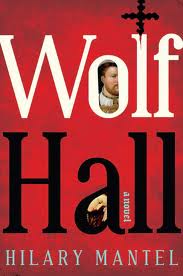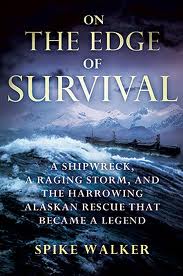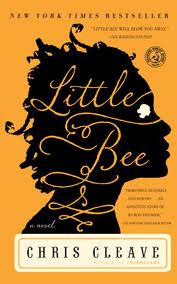Brian Doyle
Oregon State University Press

|
…he had been in the river a long time and was nearly completely drowned. I’d say he was about ninety percent drowned. He was awfully full of river…She knelt down and looked into Cedar’s face, and he had just opened his eyes and seen me and realized that he wasn’t drowned, and when he saw her face he smiled, and she smiled, and he said I like your face better than his, and we all laughed, although then I decided to throw him back in the river. -- from Mink River |
Author plays with words in loopy, lyrical Mink River
Listening to most writers tell it, writing is three parts agony to one part ecstasy (still, it’s the ecstasy that keeps us writing.) Reading Brian Doyle’s novel, Mink River, one gets the impression that for him writing is play—sheer, simple, joyful play. He uses words like children use Legos to create worlds from their imaginations.
Editor of Portland Magazine, Doyle is an award-winning essayist and the author of ten books of nonfiction. His essays have appeared in The Atlantic Monthly, Harper’s, Orion, and the annual Best American Essays anthologies. This is his first novel.
One senses this playfulness from the first page, as he introduces the fictional town of Neawanka on the Oregon coast where there are—“No houses crying out to be the cover of a magazine that no one actually reads anyway and the magazine ends up in the bathroom and then is cut to ribbons for a fourth-grade collage project …”
One can almost hear him chuckling, entertaining no one more so than himself, as he describes its “long relaxed streets that arrive eventually where they are headed but don’t get all fascist and linear and anal like highways do.”
At times loopy, at times lyrical, this is writing for the sheer joy of playing with words, as when describing an eagle—“As he sails over the grocery store he whirls and snatches a whirling piece of cardboard, and he flapflopflaps down the street triumphantly, big as a tent, you can almost hear him thinking I am one bad-ass flying machine …”—or when describing the “little frenetic testy chittering skittering cheeky testy chickaree squirrels.”
As in true play, adult rules of grammar and punctuation are suspended during recess. Sentences run on and on without ever stopping to take a breath, as if commas, semi-colons and periods were being rationed and hadn’t been available that particular day he was writing. But in this punctuation-challenged text one begins to hear the cadence and rhythm of the storyteller’s voice.
The characters start as types in folktales—the man with thirteen days to live, the old nun and her crow who recites the Psalms, the man who beats his son—names are almost incidental. We learn who these people are by the stories they tell.
As a novel, Mink River isn’t so much a story as a testament to storytelling, and its power to enchant and enthrall and project us into other worlds.
This review first appeared in The Columbia River Reader (March 15-April 14, 2011). Reprinted with permission.












